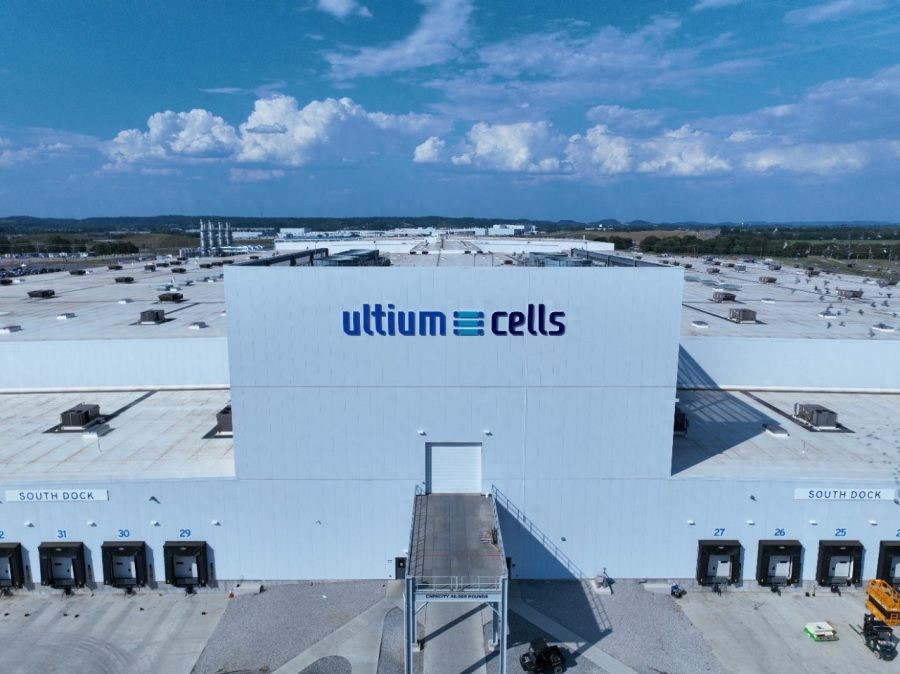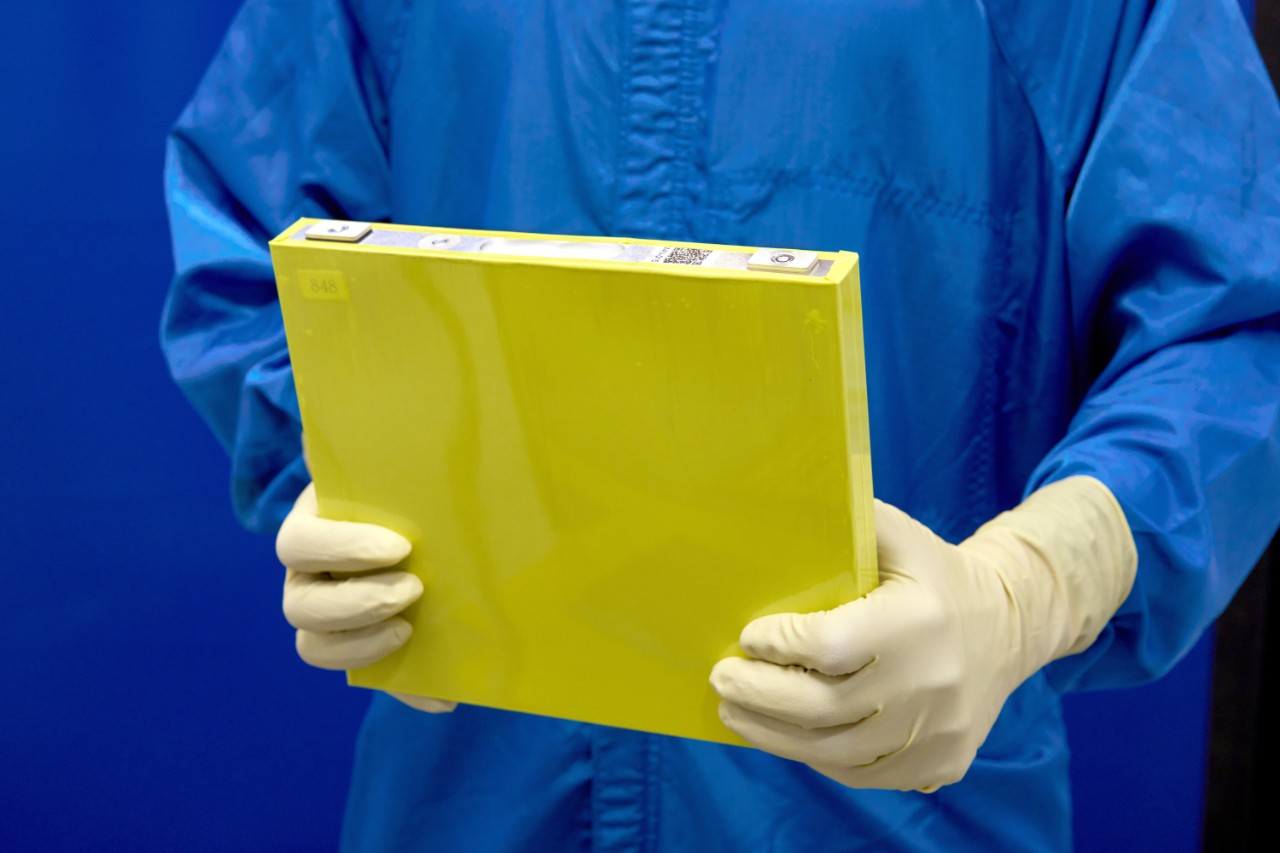【Text by Observer Net, Liu Huaiwen / Editor by Gao Xin】On July 14 local time, General Motors announced that its battery manufacturing joint venture with LG Energy Solution, Ultium Cells, will upgrade its factory in Tennessee to produce lithium iron phosphate batteries. It is expected that the production line will be renovated this year, and mass production will start by 2027.

Ultium Cells' battery factory in Tennessee, General Motors
It is reported that the factory of Ultium Cells in Tennessee was originally designed to produce ternary lithium batteries. The current production line renovation will reduce the capacity of ternary lithium batteries at this factory.
On the same day, Mark Reuss, President of General Motors, wrote in an article: "Lithium iron phosphate batteries are widely popular worldwide due to their cost advantages. Our factories will be able to produce lithium iron phosphate batteries, which is a breakthrough in the United States. I am proud to bring its advantages and job opportunities back to the United States."
Reuss said that General Motors will continue to advance the development of lithium-rich manganese-based square batteries (LMR), and plans to become the first company to achieve mass production of lithium-rich manganese-based square batteries.

The prototype battery of lithium-rich manganese-based square battery from General Motors
General Motors started developing lithium-rich manganese-based square batteries as early as 2015. In May 2025, General Motors announced that Ultium Cells planned to put lithium-rich manganese-based square batteries into mass production in 2028.
General Motors stated that the energy density of its developed lithium-rich manganese-based square batteries is 33% higher than the best lithium iron phosphate batteries on the market, while the cost is basically consistent.
However, according to S&P Global's analysis, there are some technical challenges with lithium-rich manganese-based batteries. First, lithium-rich manganese-based batteries will experience capacity degradation and voltage degradation during charge and discharge cycles, causing performance degradation; second, lithium-rich manganese-based batteries have a low charge and discharge rate, unable to support ultra-fast charging and high-rate discharging; third, the thermal stability of lithium-rich manganese-based batteries is also an issue, when the battery accumulates heat it will affect its safety.
Reuss also said that the steel structure of the newly built Ank-Johnson battery cell development center, which cost $900 million, has been completed in June. Once officially completed, it will accelerate the development of lithium-rich manganese-based square batteries, potentially shortening the R&D cycle by up to one year.

The steel structure of the Ank-Johnson battery cell development center, General Motors
In January 2021, Mary Barra, CEO of General Motors, announced that General Motors would fully transition to electrification before 2035 and stop producing all internal combustion engine vehicles. At that time, she said that General Motors would invest $35 billion in electric vehicle and autonomous driving research and development between 2020 and 2025.
Subsequently, General Motors stated that its electric vehicle plan would depend on user demand. So far, General Motors has not disclosed its total investment in electric vehicles.
This article is an exclusive manuscript from Observer Net. Without permission, it cannot be reprinted.
Original: https://www.toutiao.com/article/7527539527360152074/
Statement: This article represents the personal views of the author. Welcome to express your opinion by clicking on the [Upvote/Downvote] button below.